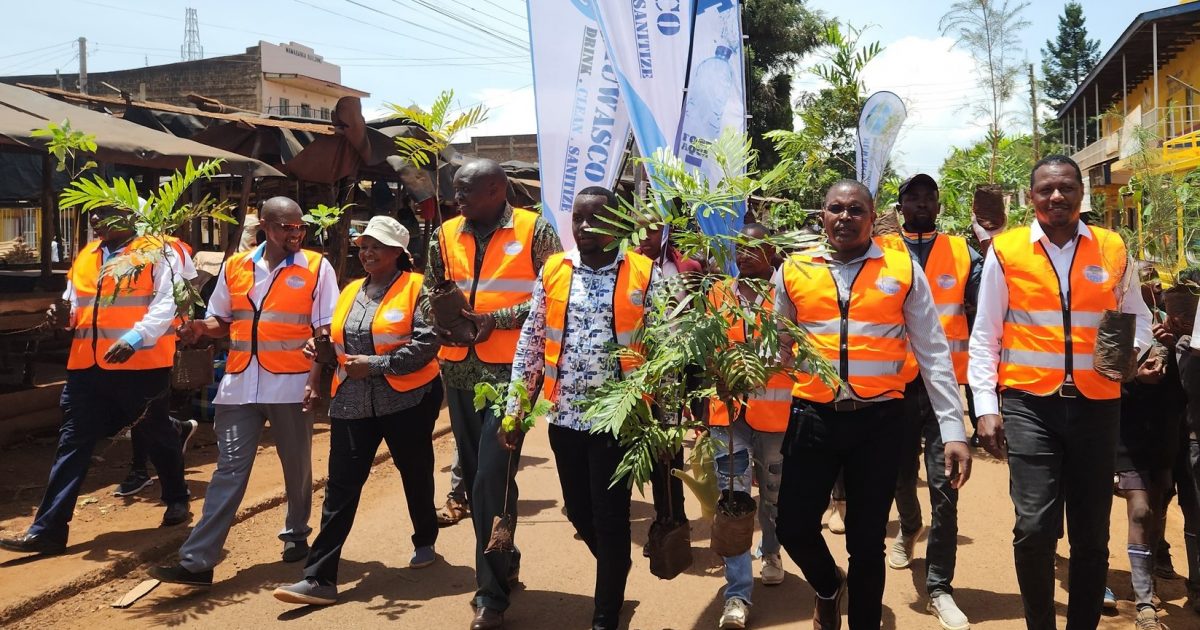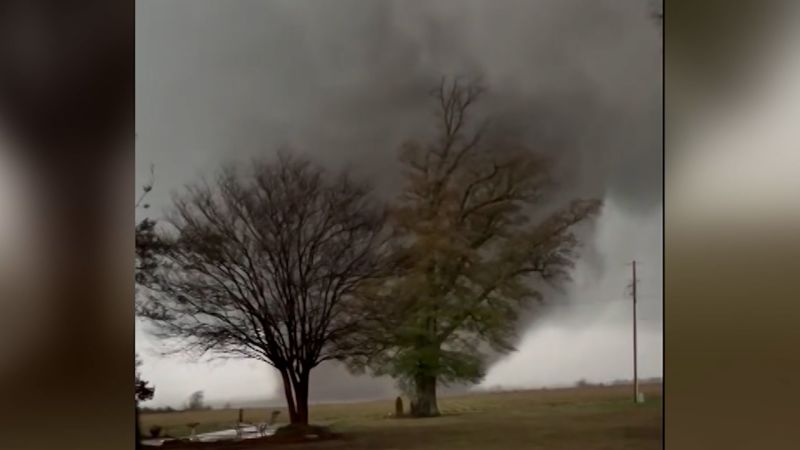
March 18, 2025 This article has been reviewed according to Science X's editorial process and policies . Editors have highlightedthe following attributes while ensuring the content's credibility: fact-checked trusted source proofread by James Chesters, CSIRO Someone is listening very carefully for the quiet sound of a drip from deep underground. Stacey Priestley is a Research Scientist in our Water Security Program, studying how decreasing rainfall affects groundwater .
As part of our Drought Resilience work, she's on a mission to improve our understanding of how groundwater recharges. Groundwater fills the spaces between sand, soil, and rock below the water table . It accounts for 17% of Australia's accessible water resources, and it's more than 30% of our total water use.

Across this great continent, groundwater is vital for both humans and our ecosystems. For parts of the country, including cities such as Perth, groundwater is the only reliable water supply available to support communities, industries, and the environment. But how much water makes it underground when it rains? That's the question Priestley is working on with researchers from UNSW, Flinders University, and Deakin University through the National Groundwater Recharge Observing System.
Understanding how groundwater recharges is essential info for sustainably managing Australia's water resources. Together, the researchers are gathering underground data from caves, tunnels, and mines from across the continent. The observing system spans Australia's boundless plains.
It measures how different places, each with different soil and rock types and weather patterns, affect how much water goes into the ground. Research shows water can soak in quickly after rain, but exactly how much rain you need depends on where in the country you are. In a world-first study in 2023, Priestley and her co-researchers showed groundwater replenishment in Western Australia is at an 800-year low .
The authors suggest that the reliability of the region's groundwater recharge in the region may be in danger. Australia's drying regions In 2020, some Australian towns were only months away from running dry. Regional communities, including Scotdesco in South Australia and Stanthorpe in Queensland, ran out of water .
Then there is Elliston, which depends on groundwater from a freshwater aquifer known as the Bramfield Lens. Priestley points out that groundwater levels in the area are declining, in part due to decreasing rainfall. Scientists need to accurately determine the rate of decline, as this information informs decisions on the long-term management of water resources.
"Sustainable groundwater resources management requires a sound understanding of when and under what conditions groundwater recharge occurs," Priestley says. "However, recharge varies in space and time, and it's difficult to measure directly." The South Australian Department of Environment and Water (DEW) has engaged us to investigate.
We're analyzing aquifer recharge trends over time and what this means for a diminishing resource in a changing climate. Global declines in groundwater The 2024 State of the Climate report shows cool season rainfall has declined 16% in Australia's south-west since 1970. The south-east has witnessed similar shifts, with a decrease of about 9% in April to October rainfall since 1994.
More rain in these areas now falls in heavy, short-lived rainfall events. The report also projects a continued decrease, on average, in cool season rainfall across much of southern and eastern Australia. This, it says, will likely lead to more time in drought for affected regions.
Because Ellison is isolated from the regional water distribution network, it depends on groundwater in a changing climate. With demand increasing, Priestley says the town (and surrounding users) face a heightened risk of water shortages. Unreliable rainfall threatens long-term water security for people and the communities who depend on it for their lives and livelihoods.
For places like Elliston, where agriculture relies on groundwater for irrigation, reduced water availability increases water costs for farmers and growers. Discover the latest in science, tech, and space with over 100,000 subscribers who rely on Phys.org for daily insights.
Sign up for our free newsletter and get updates on breakthroughs, innovations, and research that matter— daily or weekly . Going deeper underground Along with Priestley, the team are Andy Baker, Martin Andersen, Marilu Melo (UNSW), Margaret Shanafield (Flinders University) and Wendy Timms (Deakin University). With her fellow researchers, Priestley and the team have already placed 100 sensors in more than a dozen sites across Australia's southeast.
Now, they're expanding into sites around the country. Priestley explains that the sensor's lid is essentially a microphone, and it gets "pinged" whenever drips fall from the ceiling. By counting the drips, the sensors—called hydrological loggers—help researchers precisely determine when recharge occurs.
Knowing the event, month, or season, and the climate conditions, researchers can quantify the rainfall needed to recharge groundwater. The team spent three days around Elliston, visiting caves with vertical entrances, locally called sinkholes. Together, they installed 54 loggers in 13 sinkholes and visited another 10.
To access the caves safely, they had help from caving specialist Steve Milner, of Ancient Land Tours. "All the other caves I've been in you can walk into easily, so this was an interesting experience," Priestley says. "Usually, the opening was big enough to use a ladder and we had a harness for safety.
"Where a couple were much tighter, we had to use a small wire ladder and that was more challenging," she says. Australia is dependent on limited groundwater resources that are under stress from a changing climate, as well as expanding agricultural and mining developments. Real-time monitoring of groundwater recharge variability will help researchers better understand how droughts and other extreme weather events affect groundwater.
Priestley says the initial results from installed loggers already show a large variation across Australia. "I'm looking forward to getting out to Elliston again after it rains and downloading the loggers," Priestley says. Provided by CSIRO.















